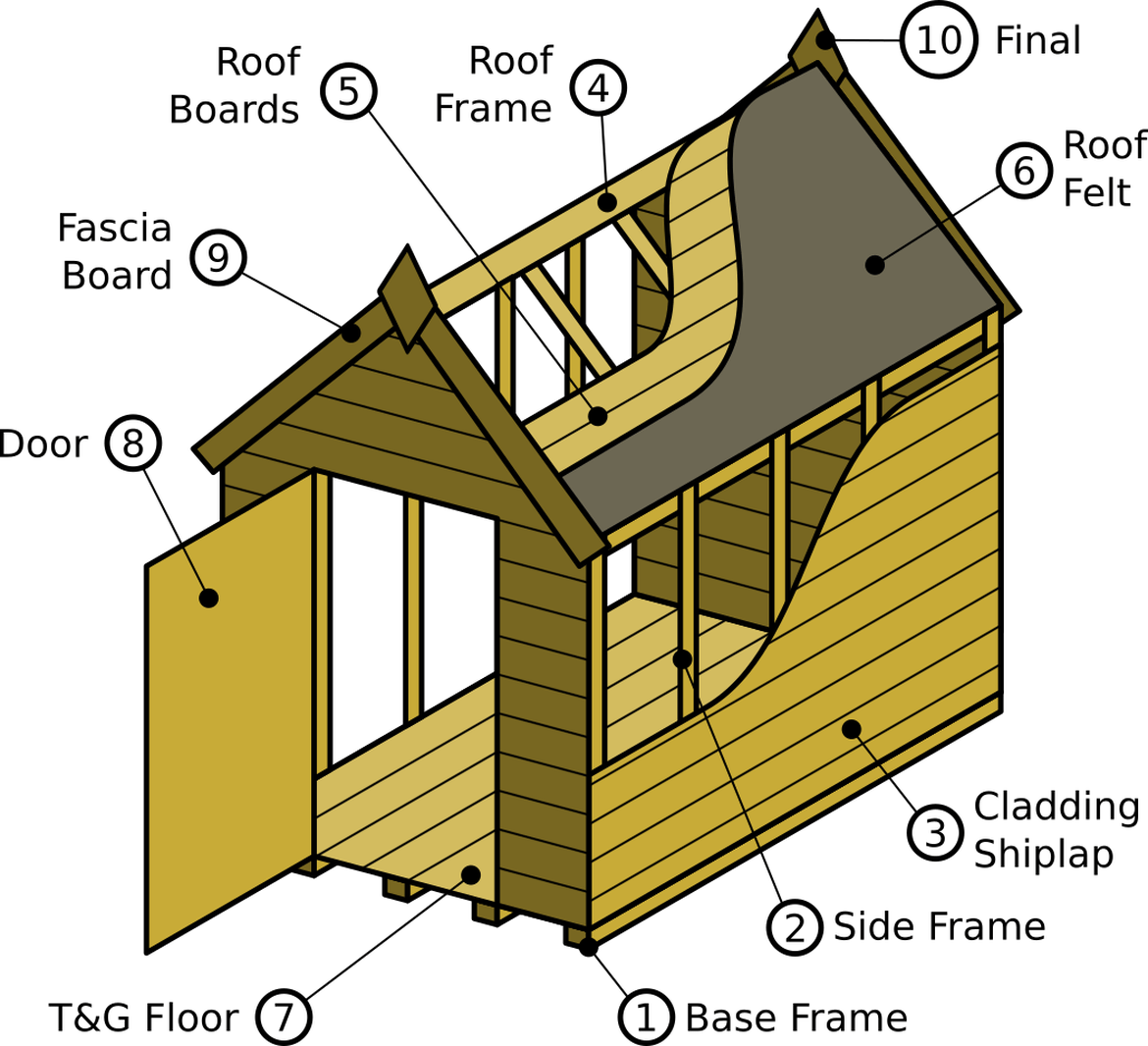Finding the right balance between affordability and longevity is crucial when embarking on any construction project; The quest for the cheapest most durable building materials often leads builders and homeowners down a path of careful consideration and compromise. Several options stand out, each with its own set of advantages and disadvantages, demanding a thorough analysis of factors like climate, intended use, and aesthetic preferences. Ultimately, selecting the cheapest most durable building materials requires a strategic approach that prioritizes both cost-effectiveness and long-term performance.
Exploring Cost-Effective and Long-Lasting Options
The building industry offers a wide array of materials claiming to be both cheap and durable. However, what constitutes “cheap” and “durable” is subjective and depends heavily on the specific application and geographical location. Let’s delve into some prime contenders:
- Concrete: A ubiquitous choice, known for its compressive strength and relatively low cost. It’s versatile and can be used for foundations, walls, and flooring.
- Wood: Especially locally sourced lumber, can be surprisingly affordable. Treated lumber offers increased resistance to decay and pests.
- Shipping Containers: Repurposed shipping containers are gaining popularity for their structural integrity and relatively low price point, offering a unique and modern aesthetic.
- Earthbags (Superadobe): Filled with locally sourced earth, earthbags offer excellent thermal mass and are incredibly affordable, particularly in areas with readily available soil.
Comparative Analysis: Cost vs. Durability
While some materials are inherently more durable than others, proper construction techniques and maintenance play a vital role in extending the lifespan of any building. This table offers a general comparison, but regional variations in price and availability can significantly impact the final cost.
| Material | Relative Cost (Low to High) | Durability (Years) | Pros | Cons |
|---|---|---|---|---|
| Concrete | Medium | 50-100+ | Strong, Versatile, Fire Resistant | Can crack, Requires reinforcement |
| Treated Wood | Low to Medium | 20-50 | Renewable, Easy to work with | Susceptible to moisture and pests if not properly treated |
| Shipping Containers | Medium | 25-50 | Strong, Portable, Unique Design | Can rust, Requires insulation |
| Earthbags (Superadobe) | Very Low | 50-100+ (depending on climate) | Sustainable, Excellent Thermal Mass | Labor Intensive, Requires specific building knowledge |
Factors Influencing Material Choice
Beyond cost and inherent durability, several other factors should influence your decision:
- Climate: Consider temperature fluctuations, humidity, and exposure to extreme weather conditions.
- Local Availability: Sourcing materials locally can significantly reduce transportation costs and support the local economy.
- Building Codes: Ensure your chosen materials comply with all applicable building codes and regulations.
- Labor Costs: Some materials are easier to work with than others, potentially reducing labor costs.
Selecting the best building material also requires a careful evaluation of the project’s specific needs and the desired aesthetic. Consider the environmental impact of each material, opting for sustainable and eco-friendly options whenever possible. Remember that proper installation and regular maintenance are essential for maximizing the lifespan of any building material. The choice that best meets your needs will depend on your budget, the environment, and the skill of the labor involved.
Ultimately, determining the cheapest most durable building materials involves a comprehensive assessment of all contributing factors. A well-informed decision, coupled with sound construction practices, will ensure a long-lasting and cost-effective building for years to come.

